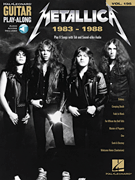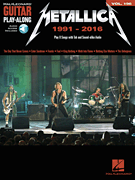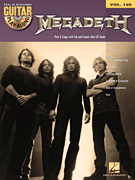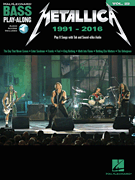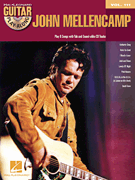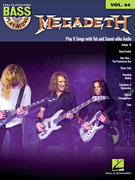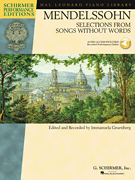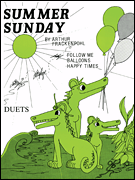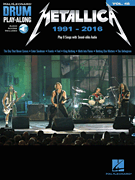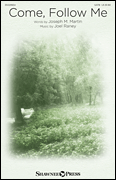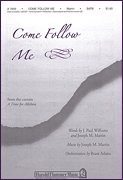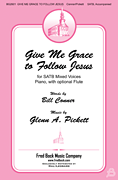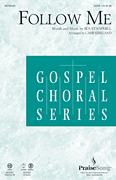Search Results for: “Follow Me”
Loading...
08.10.23--Imagine a world where choir members can hear their isolated part, customize the mix of voices, and then practice along with professionally recorded vocal tracks to learn their part with a synchronized digital score.
Hal Leonard is pleased to introduce ChoralMix™, a multi-media tool that will do just that! Using this new technology, directors will now be able to separate choral recordings into the various voice parts AND share those recordings with their entire choir!
Furthermore, all vocal tracks (and accompaniment audio) are seamlessly stitched together to automatically follow Hal Leonard engraved choral scores. ChoralMix aims to create effortless advancements in class time management, sectional rehearsals, at-home study, and overall director convenience!
ChoralMix provides directors with access to real-time, interactive part-predominant digital audio recordings that they can share with their choir members via an online, streaming library. The choral score is clearly displayed one system at a time and is fully automated to follow the printed notation. The browser-based application requires internet access and can be accessed from any type of device: computers, smartphones, or tablets.
Directors simply must purchase the ChoralMix item for a song and share the unique access code with their choir members who can then log into the Hal Leonard MyLibrary portal and practice their parts. Teachers can decide if they want their students to share a single username for easy access, or if they prefer to set up unique usernames so that the director can track the number of times an individual has accessed ChoralMix.
This new tool will revolutionize preparing for a performance by giving the singers a valuable way to hear exactly how they should sound. It will also help teachers be able to monitor the practice routine of their students.
"Choir directors have depended on our recorded demos and part dominant tracks for years, and we have received numerous requests for an easy way to share these tracks with their ensembles," said Stacey Nordmeyer, General Manager of Choral Publications for Hal Leonard. "We are excited to bring ChoralMix to the market, as a way to help directors and singers make the most of their rehearsal time."
ChoralMix lessons will cost about $40.00 each and are available for purchase at halleonard.com. The corresponding print octavos and MP3 backing tracks for performance will also be available separately for purchase. Each ChoralMix purchase supports up to 125 active users. About 50 titles are already available with more to follow throughout the year.
To see a preview of ChoralMix, click here.

